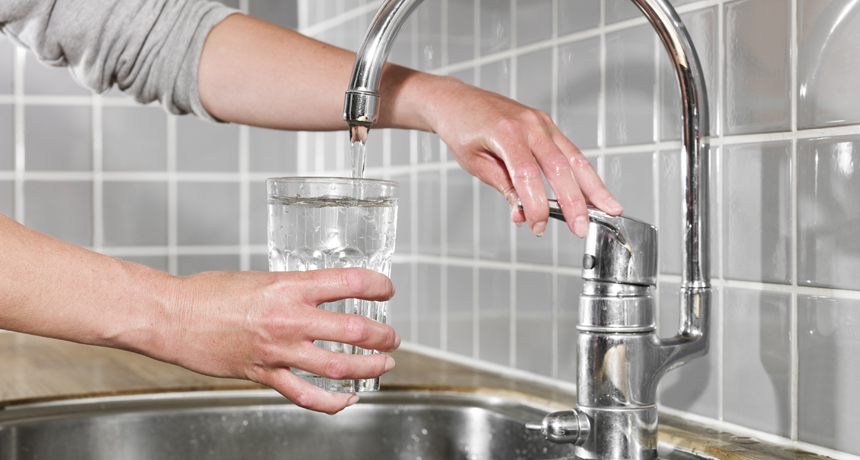Image source: Science News
One of the most common environments where Legionella is in abundance is in both potable and non-potable water. The Legionnaires’ disease is a serious and sometimes even lethal lung infection or type of pneumonia caused by Legionella bacteria; the other is Pontiac fever, which is a milder infection. The Legionnaires’ disease can be associated with varying symptoms such as cough, fever, lack of energy, loss of appetite, muscle aches, head ache, chest pains, and even diarrhea and nausea.
Just by inhaling aerosolized Legionnaires’ disease bacteria (LDB) or drinking water contaminated with LDB, a person can develop the disease. This is why making sure that this type of bacteria is mitigated is vital if you want to protect the whole household.
The most common sources of LDB are water mist from cooling towers, humidifiers, showers, faucets, and whirlpool baths. More so, if the water is warm and stagnant; it provides ideal conditions for LDB’s growth (where the water temperature is between 32 to 40 degree Celsius or 90 to 105 degree Fahrenheit). The presence of other microorganisms can elevate the bacteria’s presence as well. Temperatures between 20 to 50°C or 68 to 122 degree Fahrenheit will allow the organism to multiply.
The US Department of Labor recommends specific preventive steps to stop the organism’s presence in your home:
- Regularly clean evaporative condensers and cooling towers.
- The temperature for water heaters should be at 60°C (140°F) and 50°C (122°F) or higher at the faucet.
- Flush frequently unused water lines
- Do not expose large water-storage tanks to sunlight.
While evidence shows that water systems used in homes are less likely to produce this organism as compared to larger systems that hospitals, workplaces and buildings often use, taking care of your family’s health should never be taken for granted.


Comments are closed.